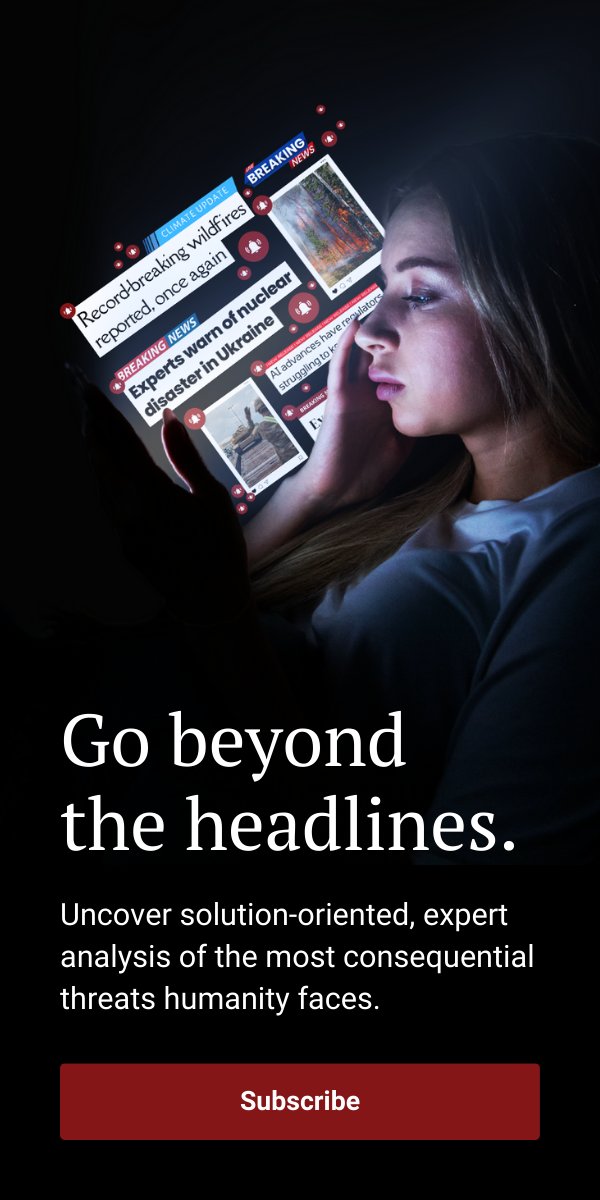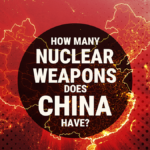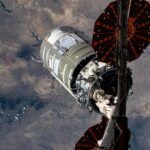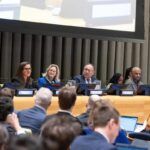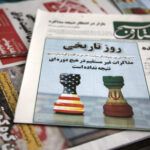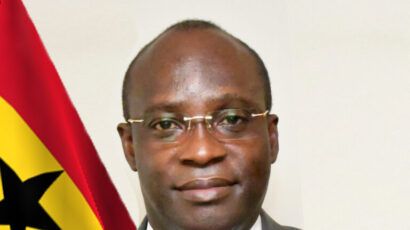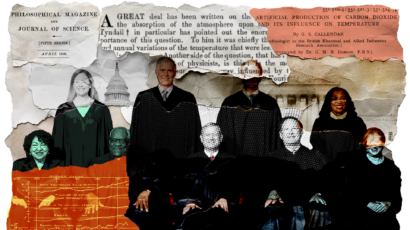Question for the candidates: What is your plan to prevent the next dangerous and expensive nuclear arms race?
By Laura Grego | September 19, 2024
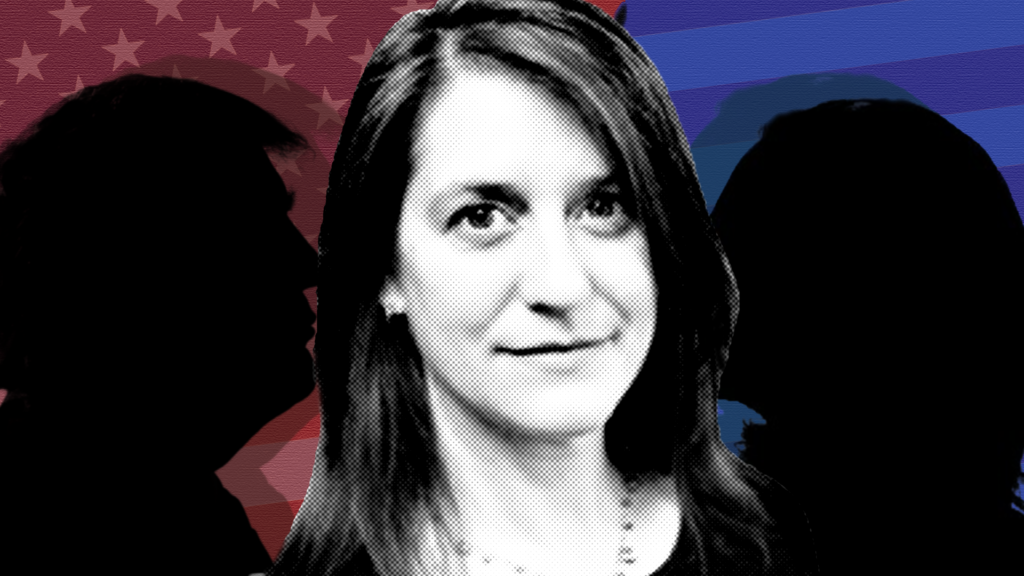
Editor’s note: Laura Grego, a senior scientist and the research director of the Global Security Program at the Union of Concerned Scientists, suggests five questions about the international norm against nuclear use, the presidential launch authority, the next nuclear arms race, risks from technological advances, and the compensation of exposed communities that journalists and citizens should ask the 2024 presidential candidates. (This is part of an “experts comment” series of questions for the candidates.)
Thirty years after the Cold War, geopolitical tensions once again threaten to pull nuclear-armed countries into direct conflict, with coercive nuclear threats substituting for effective diplomacy. A new nuclear arms race is beginning, with nuclear powers investing in modernizing and increasing the size of their arsenals.
The US president plays a critical role in solving these problems. Whoever takes the helm of the United States next will need a steady hand to navigate the current nuclear risks as well as vision and courage to make good on the obligation of nuclear states to pursue disarmament.
Here are some questions the 2024 presidential candidates should be asked.
International norm against nuclear use
Background: In January 2022, the United States joined Russia, China, the United Kingdom, and France in reaffirming that “a nuclear war cannot be won and must never be fought.” Weeks later, Russia invaded Ukraine.
When Russia struggled to prevail on its preferred terms, the Kremlin issued numerous threats of nuclear escalation. The continuing war in Ukraine, together with the rising tensions between the United States and China over Taiwan, increase the risk of nuclear use—and nuclear war.
Question for the candidates:
- What steps will you take to strengthen the norm against nuclear use and ensure that a nuclear war is never fought?
The US president’s nuclear launch authority
Reflecting on the fact that the president of the United States has the sole authority to order the use of nuclear weapons at any time, former Vice President Dick Cheney stated in 2008 that “[the president] could launch the kind of devastating attack the world has never seen. He doesn’t have to check with anybody. He doesn’t have to call the Congress; he doesn’t have to check with the courts.” While they would almost certainly seek counsel, under current policy, the president is not required to get approval from anyone else before using nuclear weapons in a way judged to be legal by the Pentagon.
Elected officials are rarely eager to place constraints on their own authority, yet a democratic system of government requires checks and balances on executive power.
- Do you trust your opponent to have sole authority over US nuclear forces? If not, how would you reform nuclear command and control policies to reduce the reliance on the judgment of a single individual?
Nuclear arms race
The United States, Russia, and China are all pursuing new or modernized strategic systems and are exploring how to use new technologies to gain an edge in strategic competition.
Current plans for the US arsenal are sized to comply with the 2011 New Strategic Arms Reduction Treaty (New START) between the United States and Russia, which expires in early 2026. If the treaty is not extended or replaced, for the first time in decades no legal limits will be in place on the strategic forces of either country. Meanwhile, though its arsenal remains much smaller than those of the two Cold War superpowers, China has expanded its nuclear forces and may continue to do so.
With arms control a seemingly distant prospect given the deteriorating geopolitical environment, some US policymakers are calling for the United States instead to begin the first major expansion of its nuclear arsenal since the end of the Cold War. However, little attention has been given to how potential adversaries to the United States would respond to such a buildup and no explanation has been provided as to how it would be consistent with the legal obligation to pursue nuclear disarmament.
- What is your plan to prevent the next dangerous and expensive nuclear arms race?
Technology-induced risk
Emerging technologies, such as artificial intelligence, automation, and other cyber technologies; precision long-range conventional weapons; and cheaper and more capable space technologies are increasingly being incorporated into strategic systems, potentially creating poorly understood risks or compressing timescales for decision making. Disinformation techniques can create or amplify misperceptions and potentially lead to deadly mistakes or escalation.
- How will you ensure that technological advances do not increase the risk of nuclear war?
Exposed communities
The development of the US nuclear arsenal included activities such as uranium mining, production of fissile materials, and atmospheric nuclear testing which exposed many communities, often without their knowledge or consent, to radiation and harmful materials. The exposed populations are often Indigenous, people of color, veterans, low-income, and rural, and frequently face significant obstacles to receiving adequate health care. Programs like the 1990 Radiation Exposure Compensation Act (RECA) provide some compensation to some of those affected, but many have been left out.
- Do you support expanding programs like RECA to cover all exposed communities? What do we owe to the people who sacrificed their health and lives to build the US nuclear arsenal?
Has Russia’s war in Ukraine changed your view of the role of nuclear weapons? By Siegfried S. Hecker
What will you do to avoid a nuclear arms race with Russia and China? By Steven Pifer
What is your plan to prevent the next dangerous and expensive nuclear arms race? By Laura Grego
How many nuclear warheads does the United States need? By Tom Z. Collina
Should the president retain the sole authority to order the use of nuclear weapons? By Mackenzie Knight
Do you agree with other world leaders that the use of—or threat to use—nuclear weapons is “inadmissible”? By Daryl G. Kimball
How will you reassure allies worried about the credibility of the US security guarantees? By Sara Bjerg Moller
What will you do if Iran gets the bomb? By Henry Sokolski
How will you deter North Korea’s aggression without deteriorating the situation on the Korean Peninsula? By Eliana Johns
Will the United States sign and ratify the Treaty on the Prohibition of Nuclear Weapons? By Alicia Sanders-Zakre
Together, we make the world safer.
The Bulletin elevates expert voices above the noise. But as an independent nonprofit organization, our operations depend on the support of readers like you. Help us continue to deliver quality journalism that holds leaders accountable. Your support of our work at any level is important. In return, we promise our coverage will be understandable, influential, vigilant, solution-oriented, and fair-minded. Together we can make a difference.

